How to Free Yourself From Chronic Pain (Even If It Seems Like It Will Never Get Better)
Pain demands your attention, it demands an explanation, and it demands a response.
If you’ve been dealing with chronic pain for any length of time, then you know this all too well. You also know that the attention pain demands can be exhausting, its explanations are rarely satisfying, and treatments are often disappointing.
Though you might feel hopeless at times, you can learn to better manage your pain and live a productive, fulfilling life. It starts with understanding how your relationship with pain influences the pain you experience.
Many therapies overlook the role of body awareness in pain management
Pain might seem like a mysterious, invasive force, but science has come to understand pain as a sort of emotional signal from the body that motivates behavior to protect you from potentially threatening situations.
The ability to focus attention on your body in a mindful way is critical to pain management. However, it can be difficult to attend to your physical experience if you have longstanding habits of disconnecting from your body due to chronic pain, trauma, or other mental health challenges.
Unfortunately, many common approaches to pain management fail to even consider body awareness as a factor.
With the information you’ll learn here, you’ll have a better understanding of what really works for pain management, why it works, and how to better take care of yourself and choose therapies and practitioners that can support you.
You can ignore pain, worry about it, or come to terms with it
Which of these strategies are your “go to” when dealing with pain?
1. You can ignore the pain, attempting to distract yourself from it or “push through” it.
Examples of ignoring or distracting ourselves from pain include watching movies, exercising compulsively, or indulging in substances. Ignoring pain can also show up as simply pushing through pain to do your daily activities as usual.
Though ignoring or distracting yourself from pain can be somewhat effective in the short-term, this sort of distraction is ultimately ineffective for pain management.
2. You can focus on the pain from a place of worry, anxiety, and fear.
Focusing on your worries, anxieties, and fears about pain is a different form of distraction—one that involves getting lost in your thoughts about the pain rather than directly feeling it. In this case, you experience pain as an offensive, invasive force. Your body and your self are at odds.
Overfocusing on worries and fears can be one of the strongest and most consistent factors in pain’s persistence and its impact on your life. Pain has been shown to improve when worrying about it decreases.
3. You can focus on the pain with mindful attention.
In this case, you come to accept that your body may have good reason to be in pain. You recognize pain as real, but impermanent and fluctuating. You may even come to experience your body, and your pain, as a source of learning and meaning. Pain or no pain, you are whole.
With this sort of nonjudgmental, embodied awareness you can approach your pain with curiosity. This allows you to experiment, finding new ways of doing things and beliefs and behaviors that better serve you.
How to use body awareness to manage your pain
Pain, emotion, and awareness of your internal physical state (like your breath and heartbeat) are processed in similar parts of your nervous system. By cultivating your ability to listen to your body, you can learn how to calm your system when pain emerges and to reduce the impact that pain has on your life.
Meditation and gentle movement practices, like some forms of yoga, can be great ways to improve your ability to listen to your body. Mental health counseling can be helpful for some aspects of chronic pain, while body-oriented therapies offer a more direct and specific approach to your pain concerns.
Massage is probably the most common body-oriented therapy that people seek for pain relief. Unfortunately, the common approach to massage involves you passively “checking out” on the table while the therapist does their thing. This reduces massage to a distraction method, offering temporary relief but rarely much lasting benefit.
By getting more in touch with your body, rather than checking out from it, you can go beyond the dichotomy of ignoring pain or letting it dominate your life.
Structural Integration can help you feel better
Structural Integration is a body-oriented therapy approach that is all about helping you get more in touch with your body. As a Licensed Structural Integration Practitioner, I offer manual therapy to help relieve your pain and guidance to help you manage it more effectively.
Like massage, structural integration is done mostly on a therapy table, but like physical therapy you’ll remain clothed (many clients opt for workout wear, but you can wear whatever is most comfortable for you) and occasionally be asked to perform movements that make the hands-on work more effective.
I check in with you frequently to make sure that my touch feels safe and therapeutic. We’ll be in dialogue throughout the session regarding how you feel and experience your body—this helps you develop the awareness skills that make the changes last.
I offer free 20-minute phone/video consultations in case you have questions or just want to get acquainted first. Then, to really get a feel for the work, I suggest scheduling an appointment for an introductory session. To book an appointment or free consultation, just click on the link below.
If you’d like guidance and support in your own chronic pain journey, then feel free to reach out. I look forward to discussing how we might get you back to enjoying the people and activities that matter most to you.

